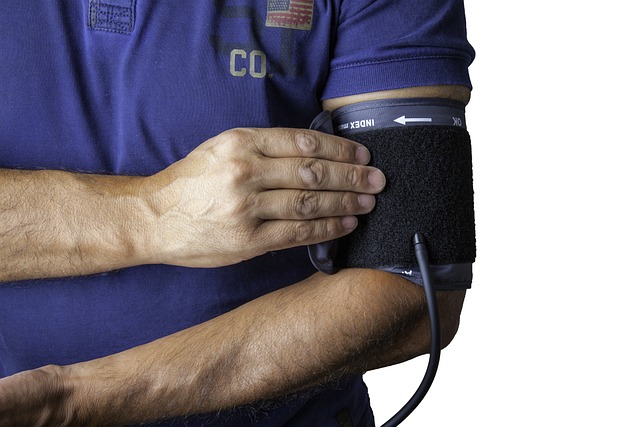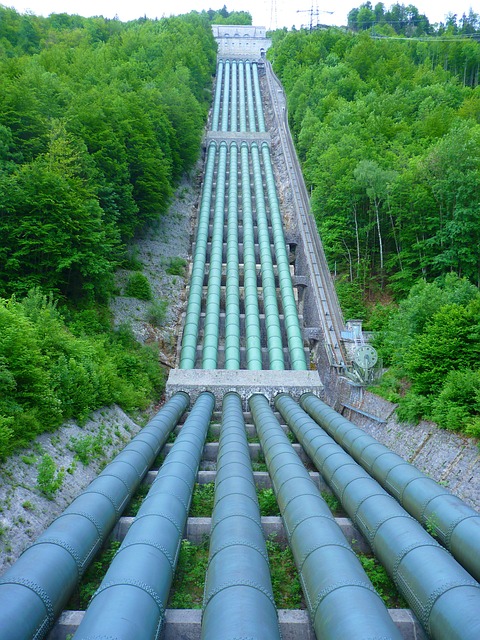Low water pressure in homes can result from multiple factors, including aging infrastructure, maintenance issues with storage tanks, peak usage times, mineral buildup, clogs, faulty fixtures, leaks, or damage to main supply lines. If the issue is widespread, contact your local water utility provider to check for municipal system problems. For localized issues, a professional plumber can address problems like corroded pipes, faulty pressure regulators, or water heater malfunctions, ensuring efficient plumbing and resolving low water pressure.
Are you experiencing low water pressure at home, leaving your showerheads struggling and faucets dribbling? While it might seem like a simple fix, pinpointing the root cause is essential. This article delves into the complex world of water pressure problems, exploring both municipal issues and home plumbing causes. From corroded pipes to faulty valves, we uncover common culprits behind low water pressure, offering insights to help you identify and resolve these frustrations.
- Understanding Low Water Pressure: Common Municipal Issues
- Plumbing-Related Causes of Reduced Water Flow
- Identifying and Resolving Water Pressure Problems
Understanding Low Water Pressure: Common Municipal Issues

Low water pressure in homes can be a frustrating issue, often leaving residents with weak or intermittent flow from faucets and showers. While many homeowners might first assume it’s a problem within their plumbing system, there are numerous causes that could actually originate from the municipal water supply. Understanding these common municipal issues is key to identifying whether the problem lies with your local water system or requires professional plumbing intervention.
One of the primary reasons for low water pressure in entire neighborhoods or areas served by a particular municipality is infrastructure aging and wear. Old pipes, corroded fittings, or leaks can restrict water flow, resulting in reduced pressure at individual homes. Additionally, elevated water storage tanks might be in need of maintenance or repair, impacting the pressure distribution across the network. Water pressure can also fluctuate due to unexpected demands during peak usage times, such as when many residents are running faucets or using water-intensive appliances simultaneously. These municipal issues can lead to temporary drops in pressure but typically don’t indicate a severe problem unless persistent and widespread.
Plumbing-Related Causes of Reduced Water Flow

Low water pressure in your home can often be attributed to various plumbing-related issues. One common cause is a buildup of sediment and mineral deposits inside pipes, which can narrow the passageway for water flow, leading to reduced pressure. Over time, these residues can accumulate, especially in hard water areas, causing significant restrictions. Another factor is faulty or outdated plumbing fixtures, such as showerheads, faucets, or valves, that may not be designed to efficiently regulate water flow. Poorly installed or maintained pipes can also result in leaks, which decrease the overall water pressure throughout the system. Additionally, issues with the main water supply line, including corrosion or damage, can restrict the amount of water reaching your fixtures. Identifying and addressing these plumbing-related causes is a critical step in resolving low water pressure problems effectively.
Identifying and Resolving Water Pressure Problems

Low water pressure in your home can be frustrating and often indicates an underlying problem that needs addressing. Identifying the root cause is key to resolving the issue effectively. Start by checking your plumbing fixtures, including faucets and showerheads, as they are common areas where pressure drops can occur. The issues might range from simple mineral buildup or clogs to more complex problems like faulty valves or pipes with leaks.
If you suspect the problem lies within your municipal water supply, contact your local water utility provider. They can investigate if there are any known issues in your area, such as main line breaks or maintenance that could impact water pressure. In contrast, if the problem appears isolated to your home, a professional plumber can diagnose and fix issues like corroded pipes, faulty pressure regulators, or problems with your water heater. Understanding the causes of low water pressure is essential for homeowners to maintain efficient and consistent plumbing systems.
Low water pressure can be a frustrating issue, whether it’s due to municipal problems or home plumbing. By understanding the root causes, from common municipal issues like corroded pipes and aging infrastructure to plumbing-related factors such as clogged pipes and faulty valves, homeowners can effectively identify and resolve pressure drops. Armed with this knowledge, folks can take proactive steps to ensure a steady flow of water throughout their homes, enhancing daily comfort and convenience. Remember, addressing causes promptly is key to preventing more severe problems down the line, making it a vital task for every homeowner.
